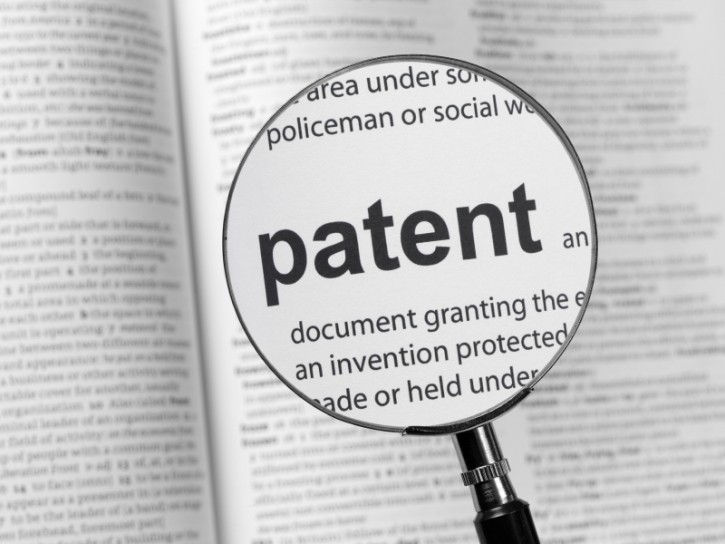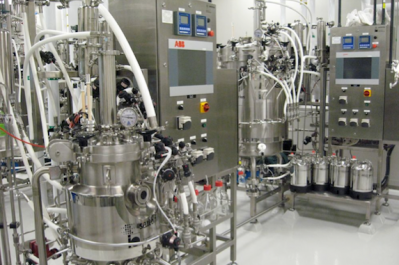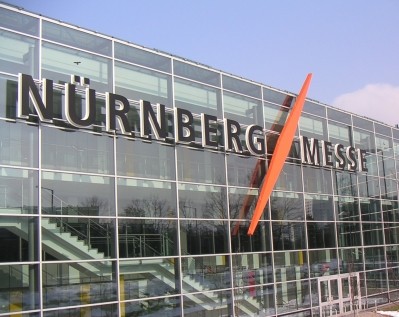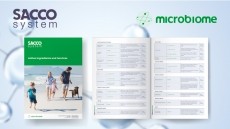Genzyme looks to integrate up and downstream for continuous biomanufacturing

Entitled ‘Integrated Continuous Manufacturing of Therapeutic Protein Drug Substances,’ Genzyme claims the platform feeds a liquid culture medium containing the biologic manufactured through perfusion into a first multi-column chromatography system (MCCS1), capturing the therapeutic protein and then continuously fed into a second chromatography system where it is purified and polished.
While perfusion has brought continuous manufacturing to the upstream process, there are limited methods that utilise a fully continuous end-to-end process, according to Chris Hwang, Senior Director of Late Stage Process Development at Genzyme.
“Integration of upstream and downstream process in continuous biomanufacturing is the new kid on the block compare to traditional perfusion or batch/fed-batch upstream follow by batch downstream processes.” Hwang told Biopharma-Reporter.com, and "therefore comes with significant upward potential."
“It can be used to produce any biologics (stable or labile proteins) and provides many important strategic advantages,” he continued, including a smaller production foot print, lower OPEX/CAPEX, enhanced product quality, flexible capacity management, minimised tech transfer risks and facilitated manufacturing standardisation. "It is for these advantages that FDA [US Food and Drug Administration] has been encouraging the industry to consider the continuous manufacturing methodology," he added.
For this potential new offering “some of the enabling technologies are currently available on the market and any gaps in the technology have been developed internally,” Hwang told us.
According to the patent application, the technology was invented by four scientists all working for Genzyme – the biotech wing of French firm Sanofi.
Perfusion
Perfusion is a process where suspension cell culture is constantly supplied with fresh medium to the bioreactor while spent culture media is harvested without interruption for up to 90 days, and has already been adopted by a number of biomanufacturers including Janssen and SAFC.
According to a paper published in BioProcessingjournal.com, perfusion generally provides more product than fed-batch manufacture even when using smaller bioreactors and authors Eric Langer of BioPlan Associates and Ronald Radar from the Biotechnology Information Institute say this is driving industry’s adoption in continuous processes.
Furthermore, “as new downstream, continuous processing technologies start to become available, it will ultimately become feasible to perform full end-to-end bioprocessing, both up and downstream,” the paper said, further reducing costs of bioprocessing compared with batch manufacturing.
Limitations?
We asked Hwang whether there were limitations with implementing continuous biomanufacturing in the industry.
“In our experience, thus far there aren’t any technical challenges we can’t overcome. However given that it is fairly new, it needs sufficient at scale and manufacturing experience before it can transform into a mature production platform.”
However, he continued, the “deeply entrenched mental models associated with batch/fed-batch processes,” remain a challenge within the industry, but Genzyme was looking to overcome this by engaging end users and design with the end in mind, and forming strategic partnerships with vendors, along with producing “data, data, and data!”


















